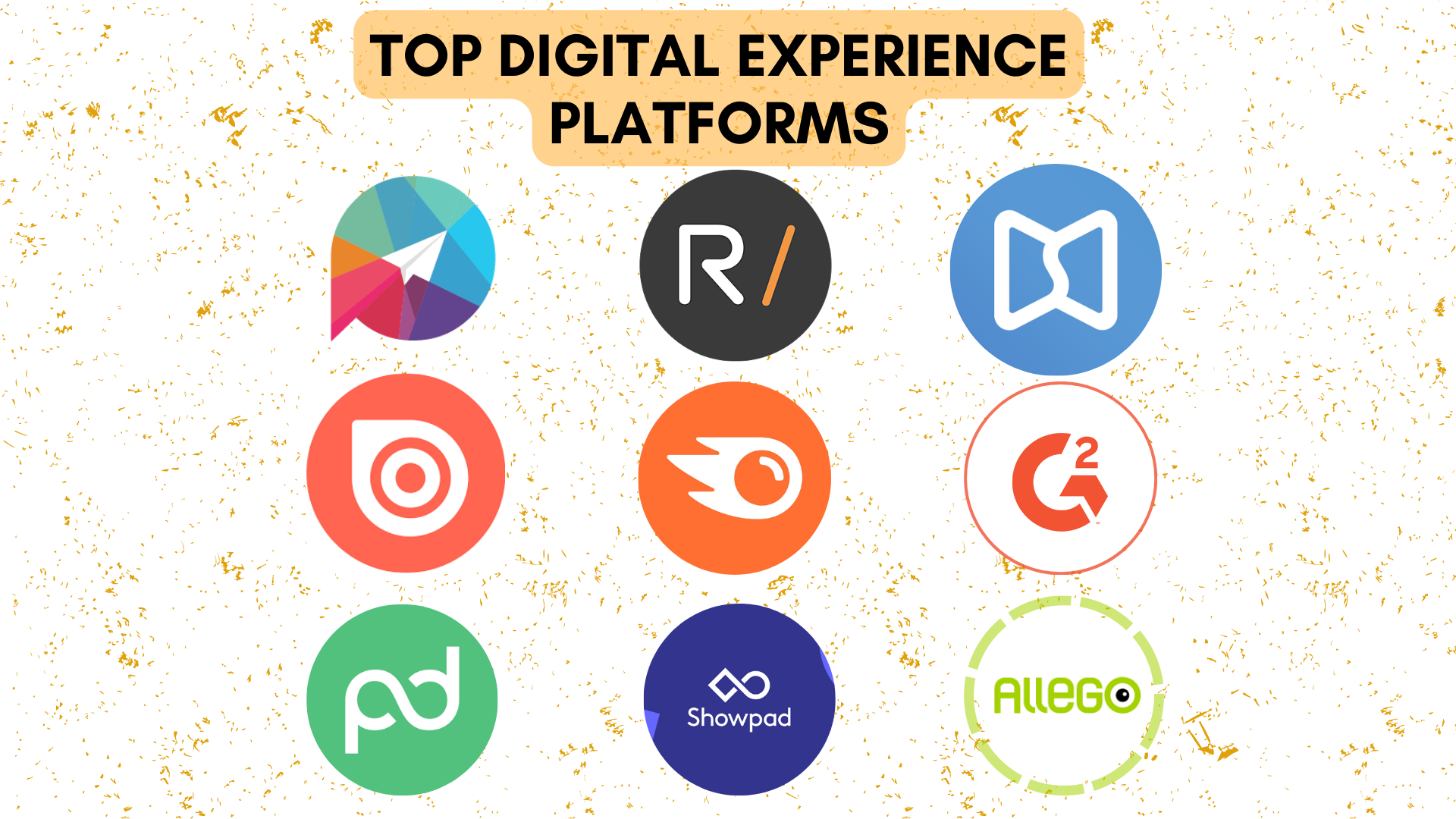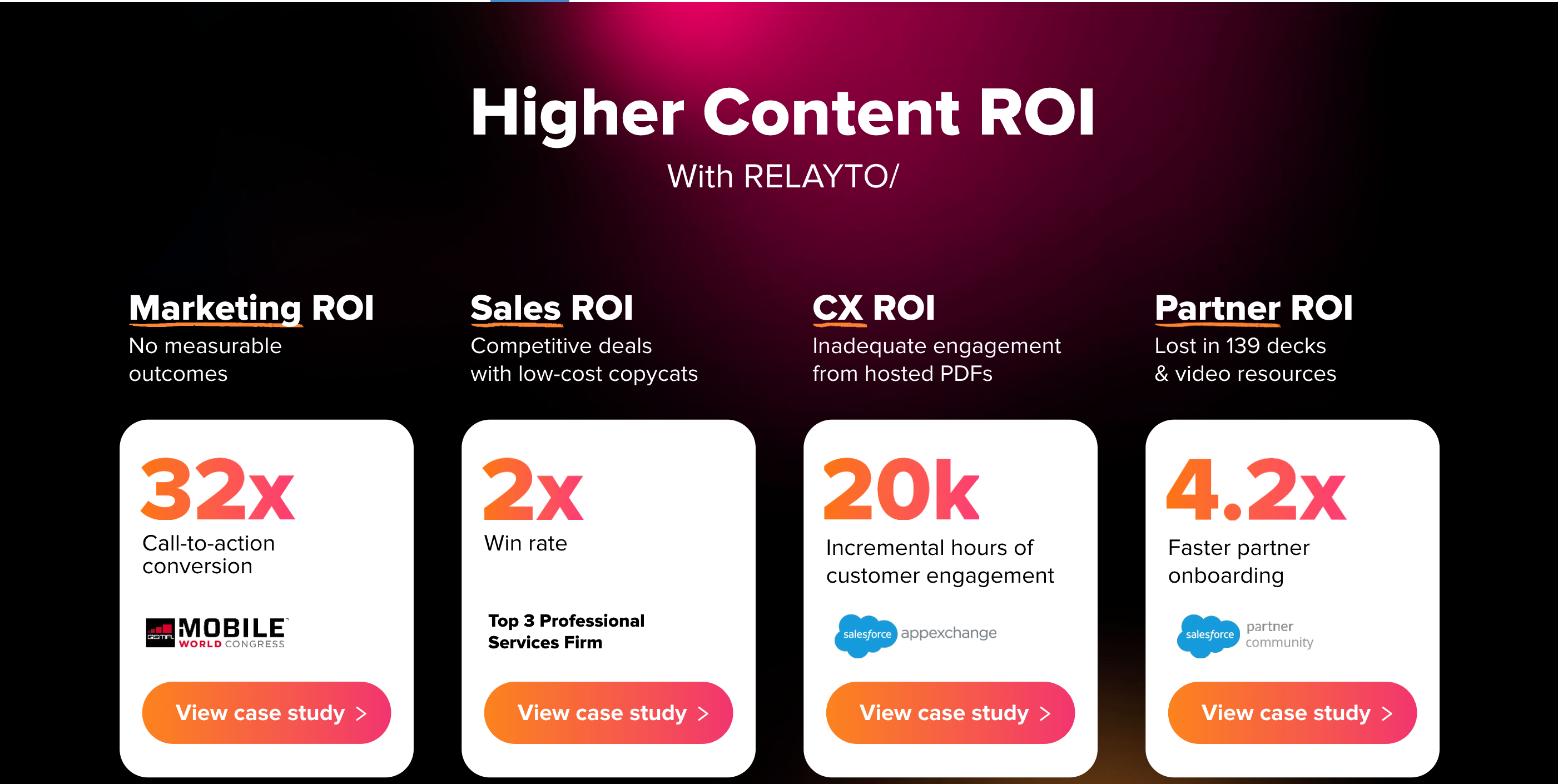In an era where communication plays a pivotal role in various spheres, the evolution of presentation formats has been a topic of interest. Traditional formats like PDFs and PowerPoint have long been the standard tools for sharing information, but their limitations have become increasingly apparent. As technology advances, the demand for more interactive and engaging content delivery has given rise to dynamic digital presentations. In this article, we delve into the potential of these new formats, examining their advantages, exploring leading platforms and discussing their impact on communication.
Introducing Dynamic Digital Presentations
Enter dynamic digital presentations, the game-changers that bridge the gap between static documents and captivating experiences. These presentations, powered by innovative platforms like Relayto, offer a breath of fresh air in content delivery. With dynamic digital presentations, you can create interactive and immersive experiences that engage viewers on a whole new level.
By seamlessly integrating multimedia elements like videos, audio clips, and interactive charts, presenters can deliver information in a more immersive and captivating manner. The objective is to break away from the static nature of traditional presentations and provide a more engaging experience that fosters audience participation.
The Benefits of Dynamic Digital Presentations
While PDFs and PowerPoint presentations have been widely used, they come with inherent drawbacks. PDFs, in their static nature, lack interactivity and fail to engage viewers beyond scrolling through pages. PowerPoint presentations, on the other hand, although allowing for more interaction, often suffer from linearity and struggle to captivate audiences in the digital age. These limitations have created a demand for alternative presentation formats that can offer a more dynamic and immersive experience—An experience that both formats struggle to keep up with the demands of a modern, digitally-driven world.
Dynamic digital presentations offer several advantages over traditional formats. By incorporating interactivity and multimedia elements, these presentations enhance audience engagement and retention. The ability to personalize content and tailor it to specific viewers' needs fosters a deeper connection and enhances the overall impact of the presentation. Additionally, dynamic digital presentations provide data-driven insights and analytics, enabling presenters to optimize their content based on viewer behavior and preferences.
Leading Platforms for Dynamic Digital Presentations
When it comes to dynamic digital presentations, Relayto stands at the forefront. With its intuitive platform, Relayto offers an extensive suite of features designed to create captivating experiences. From seamless multimedia integration to interactive elements and real-time collaboration, Relayto empowers users to transform their static content into dynamic journeys.

Designed by: Mustafa Noureldin
Other notable platforms driving the future of dynamic presentations include Paperflite, which is one such platform that emphasizes content personalization and tracking. With its intuitive interface, users can create interactive presentations, track viewer engagement, and gain valuable insights into content performance. FlippingBook is another popular choice, known for its user-friendly interface and robust multimedia integration. It allows presenters to create engaging flipbooks with interactive elements, such as videos and hyperlinks. Issuu is also a prominent player, offering a wide range of features including multimedia integration, analytics, and social sharing options. Its emphasis on publishing and distribution makes it a preferred choice for content creators seeking to reach a broader audience. Each of these platforms brings its own strengths and unique offerings to the table, catering to different presentation needs and preferences. Evaluating the specific requirements of your presentation and considering factors like ease of use, customization options, and analytics capabilities will help you choose the platform that best suits your needs.
Success Stories: Real-World Examples
The impact of dynamic digital presentations is best understood through real-world success stories. Companies across industries have embraced this new approach, reaping the benefits of heightened audience engagement and improved outcomes. From sales pitches that wow clients to educational presentations that captivate students, the possibilities are endless.

Source: Relayto
Companies across various industries have started embracing dynamic digital presentations to enhance their communication strategies. For instance, SalesForce Appexchange reported a 20,000 incremental hour increase in client engagement by adopting dynamic digital presentations in their sales pitches. By leveraging interactive elements and personalization, they were able to captivate potential customers and address their specific needs more effectively. These success stories demonstrate the potential impact of dynamic digital presentations in various contexts.
Embracing the Future: Challenges and Considerations
While dynamic digital presentations offer exciting possibilities, there are challenges to be considered. One challenge lies in the learning curve associated with adopting new presentation platforms and creating content in a non-linear format. While also the integration of the vast user base of PDF’s and PPT’s to a new system that comes with a different set of prerequisites. Additionally, ensuring compatibility across different devices and platforms can be a technical hurdle. A general rule is that presenters must carefully balance the use of interactive elements to avoid overwhelming or distracting viewers.